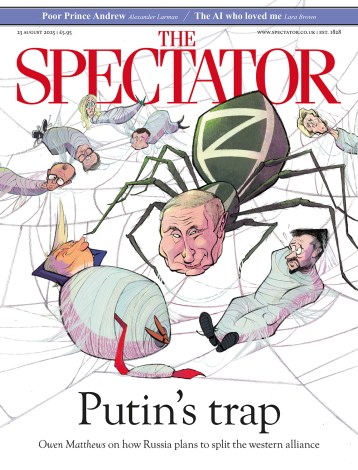Glass act | 26 May 2012
The name of Patrick Reyntiens (born 1925) is indissolubly linked to the recent history of stained glass in this country. Reyntiens bridges the often troublesome gap between craft and art: not only is he a superb and innovative craftsman, but he is also a substantial artist. The second quality is not always recognised. Best known as John Piper’s associate, many assume that Piper was the artist behind their stained- glass collaborations, with Reyntiens as technical expert. Actually, Reyntiens played a more creative role than is generally supposed. Certainly he is a painter and draughtsman of considerable originality, as can be seen in the new DVD, From Coventry to Cochem: The














